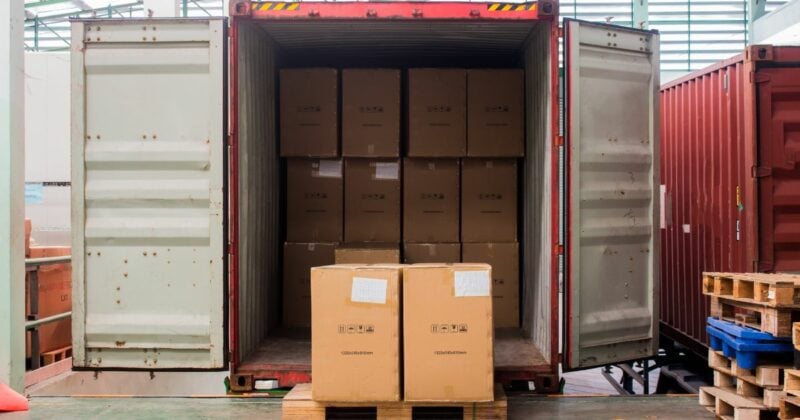Cargo Load Factor (CLF)

Cargo Load Factor (CLF), also known as Load Factor, is a key metric in the transport and logistics industry that measures how well the vehicle’s capacity is utilized. This metric applies to all vehicles: ships, airplanes, or trucks.
The CLF can be calculated by dividing the cargo the vehicle carries by its maximum capacity.
Understanding the CLF is vital, as it is a key performance indicator metric in the transport and logistics industry. Measuring the Load Factor helps companies determine the efficiency of their vehicle usage. A higher CLF means more cargo is being transported relative to the vehicle’s maximum capacity.
A higher CLF also directly translates to lower costs per unit of cargo. This enhances the company's overall profitability and helps maintain competitive market pricing.
Companies can analyze past trends by closely monitoring the CLF and effectively plan their future capacity needs. This process helps ensure that the company has the right amount of space and capacity to handle its cargo needs while avoiding the wastage of resources.
Lastly, optimizing the CLF is the key to a more sustainable supply chain. Companies can lower fuel consumption and carbon emissions by reducing the total number of trips required to move their cargo.






 English
English